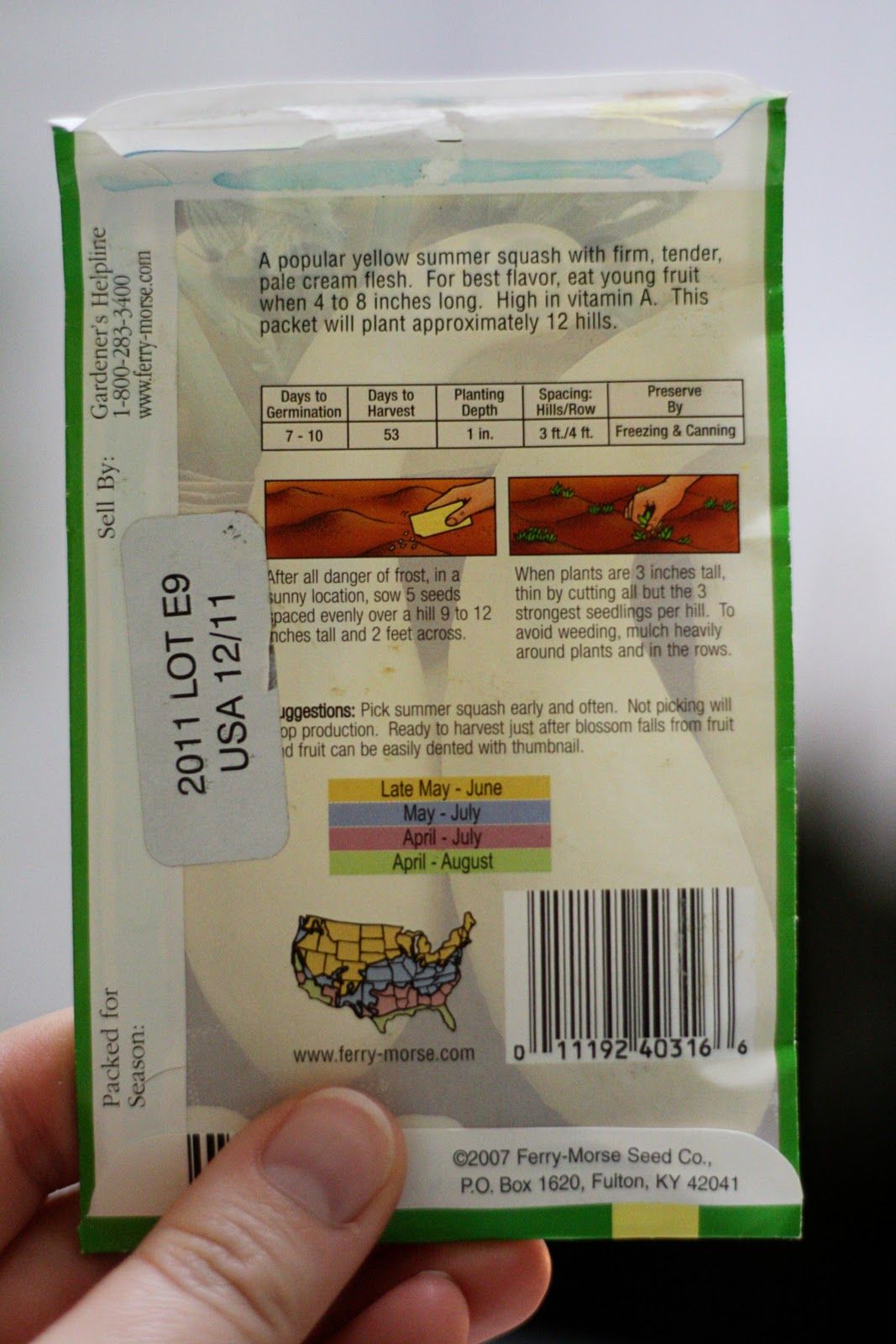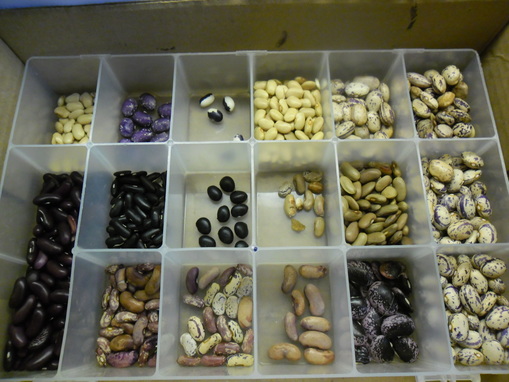What is Seed Saving?
Seed saving refers to the process of allowing some plants to go to seed and then harvesting and saving those seeds (or other reproductive materials) to sow future crops. Seed saving is an especially valuable process in preserving heirloom plant varieties, which are plants that have not been altered by modifying their original genetic material (for at least the past 50 years). Watch a free webinar on Seed Saving for Beginners presented by Greg Olsen from Seed Savers Exchange:
What is seed swapping?
Seed swapping occurs when gardeners or farmers share seeds with each other. Seed swaps are a great way for gardeners to exchange their local seeds, showcasing and sharing their best varieties. Bringing gardeners together, we can share our knowledge and stories and learn about seed selection/saving and storage.
How should I label my seed packets?
I have seeds to Swap or donate- what do i do?
If you have a few extra packets of seeds lying around, Edmonton Seedy Sunday is the place to bring them!
You can donate seeds or swap them with other packets at our Seed Swap Table.
You can donate seeds or swap them with other packets at our Seed Swap Table.
I'd love to get some seeds, but i have nothing to swap- can I still participate?
Come by the Seed Swap Table to grab a few packets. A small donation would be appreciated, but is not required.
|
Helpful definitions:
Open-pollination is when pollination occurs by insect, bird, wind, humans, or other natural mechanisms. Because there are no restrictions on the flow of pollen between individuals, open-pollinated plants are more genetically diverse. This can cause a greater amount of variation within plant populations, which allows plants to slowly adapt to local growing conditions and climate year-to-year. As long as pollen is not shared between different varieties within the same species, then the seed produced will remain true-to-type (heirloom) year after year. An heirloom variety is a plant variety that has a history of being passed down within a family or community, similar to the generational sharing of heirloom jewelry or furniture. An heirloom variety must be open-pollinated, but not all open-pollinated plants are heirlooms. Some companies create heirloom labels based on dates (such as a variety that is more than 50 years old), while others identify heirlooms by verifying and documenting the generational history of preserving and passing on the seed. Hybridization is a controlled method of pollination in which the pollen of two different species or varieties is crossed by human intervention. Hybridization can occur naturally through random crosses, but commercially available hybridized seed, often labeled as F1, is deliberately created to breed a desired trait. The first generation of a hybridized plant cross also tends to grow better and produce higher yields than the parent varieties due to a phenomenon called ‘hybrid vigor’. However, any seed produced by F1 plants is genetically unstable and cannot be saved for use in following years. Not only will the plants not be true-to-type, but they will be considerably less vigorous. Gardeners who use hybrid plant varieties must purchase new seed every year. Hybrid seeds can be stabilized, becoming open-pollinated varieties, by growing, selecting, and saving the seed over many years. Definitions from: http://blog.seedsavers.org/blog/open-pollinated-heirloom-and-hybrid-seeds |
Not Sure About the Seeds? Volunteers who are knowledgeable gardeners will be at the Seed Swap Table to try and answer your questions. |
Have fun! Grow something new!


